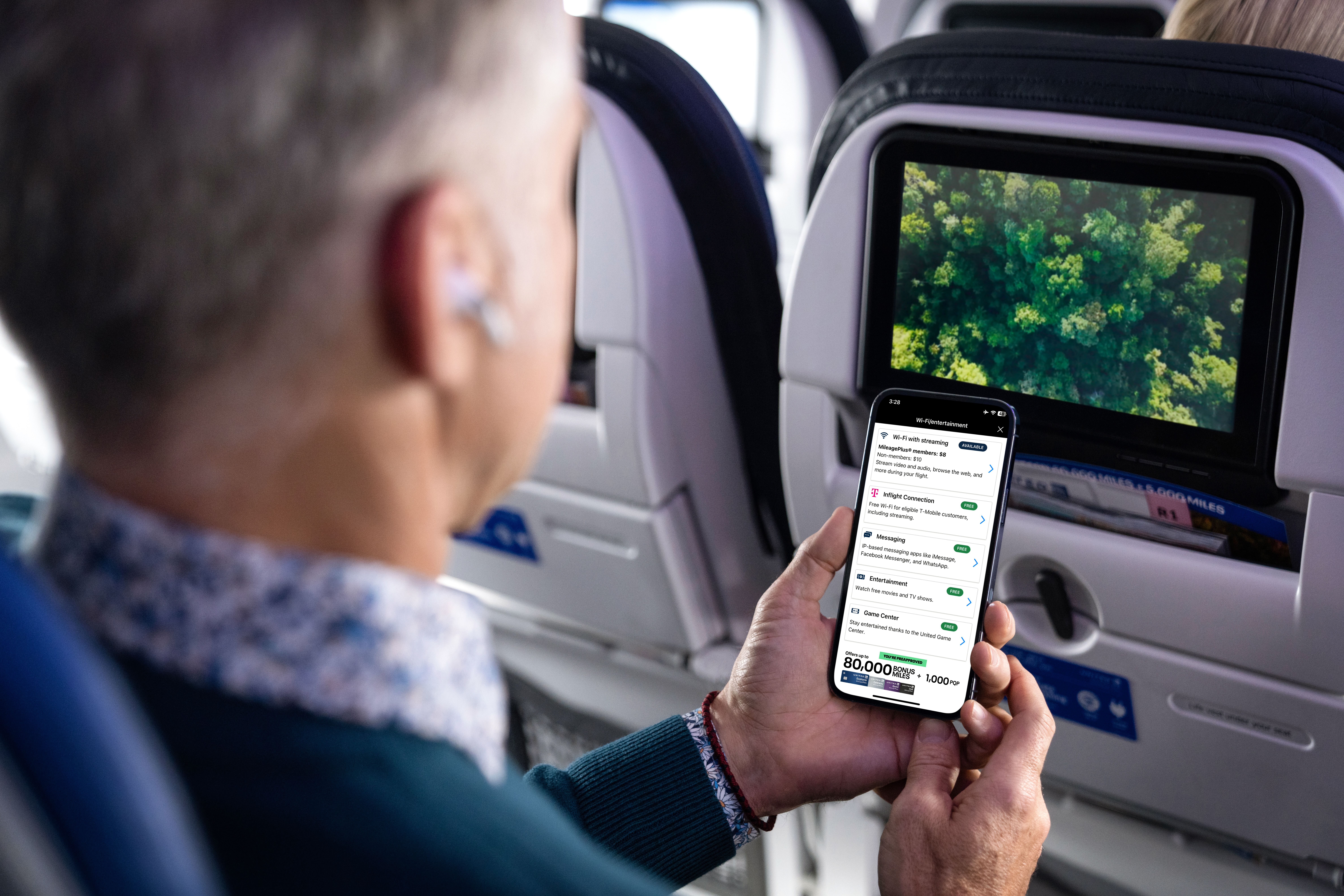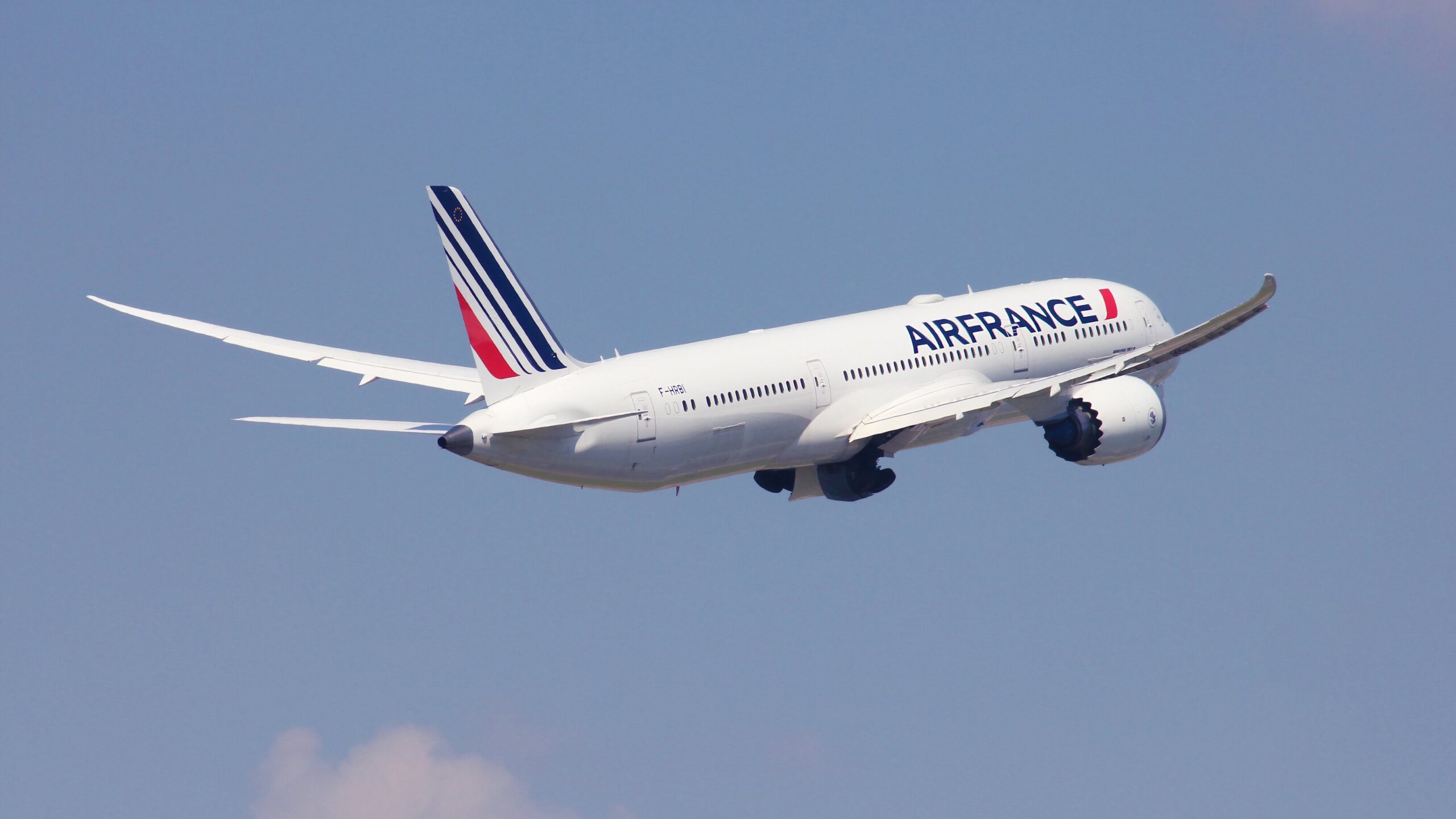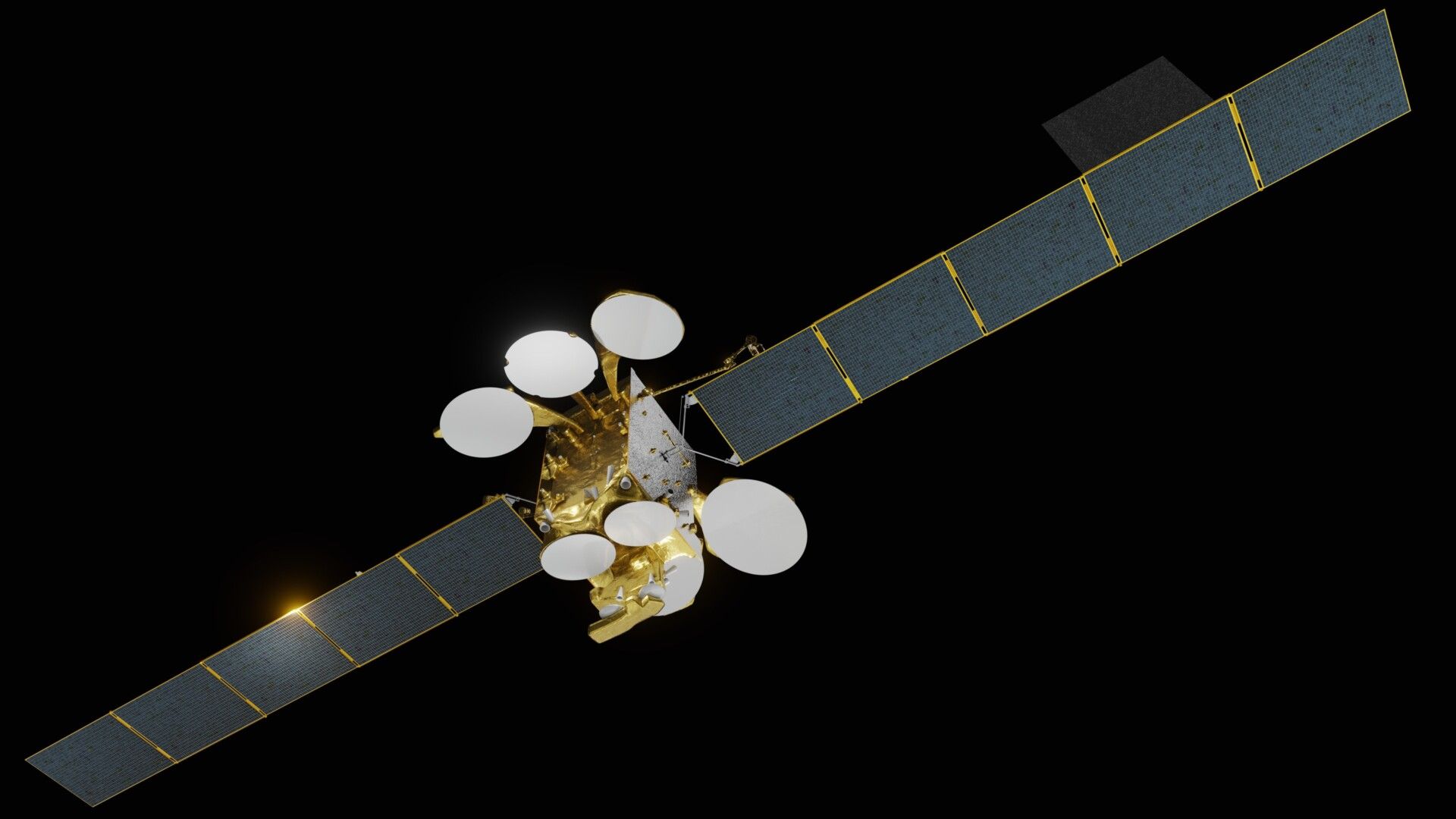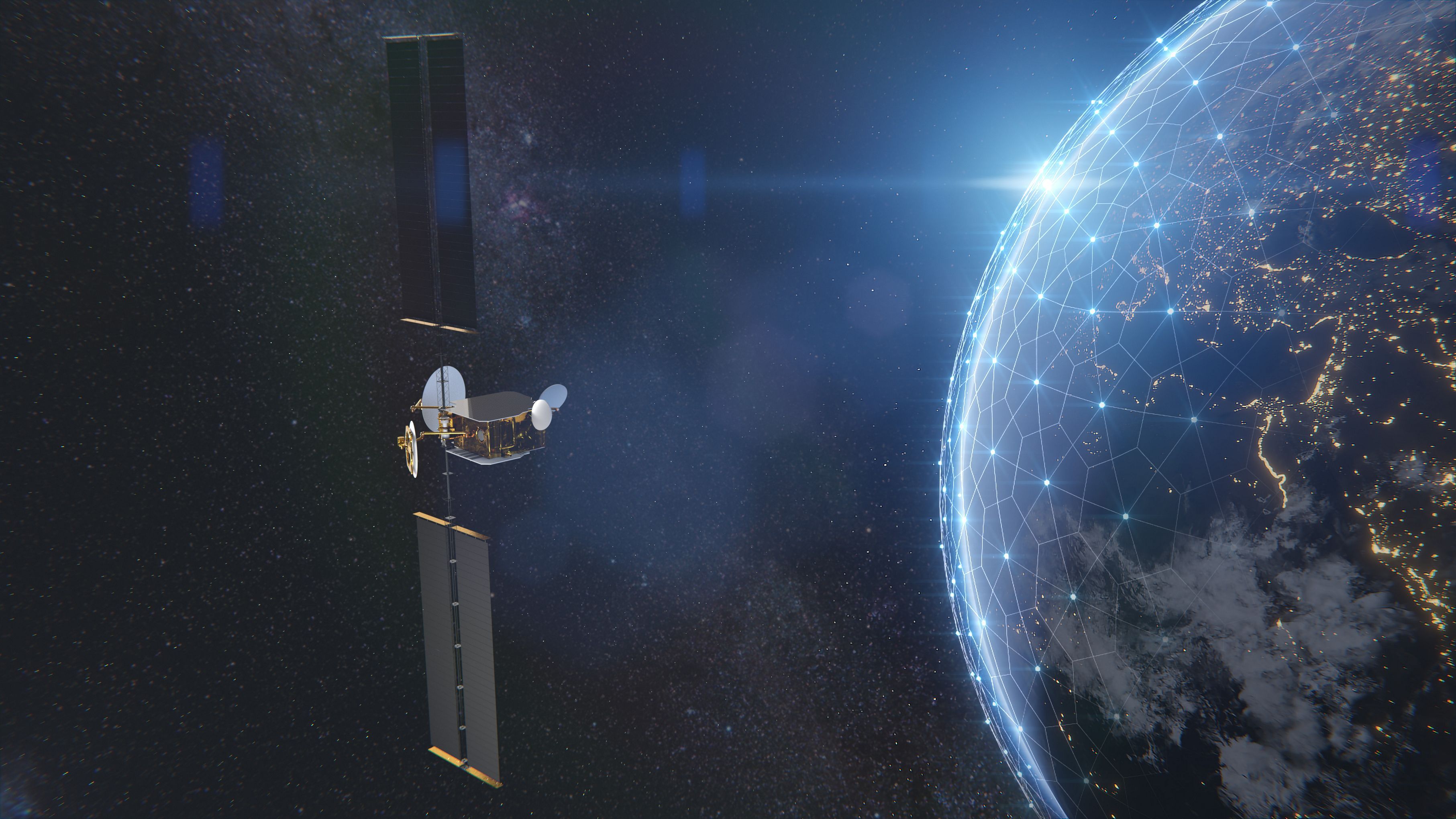Summary
- Don’t expect Apple’s “Messages via Satellite” to work on planes – technical challenges and regulatory issues will likely prevent it.
- In-flight WiFi works differently from the satellite capability – keeping a phone tracked to a satellite midair is a complex task.
- The feature would almost certainly lead to fewer purchases of inflight connectivity packages.
Tech giant Apple recently announced its new “Messages via Satellite” feature coming to the iPhone. Building on its emergency satellite SOS capability – which enables users to connect to a satellite in an emergency – the new feature will let iPhone users use iMessage and SMS via satellite too.
Will Apple’s “Messages via Satellite” work on planes?
Naturally, iPhone owners may be hoping that this will allow them to get satellite connectivity while onboard an aircraft, much like how in-flight connectivity (IFC) services work. Well, don’t get your hopes up, as it probably won’t work up in the sky – let’s explore why.
Photo: Airbus
Technical challenges
While passengers can readily enjoy in-flight connectivity delivered by satellite in the modern era of flying, this works very differently from Apple’s satellite capability. With inflight WiFi, aircraft are fitted with satellite antennas that use sophisticated tracking mechanisms to maintain a stable connection to the satellite. However, on a handheld phone, it will be incredibly difficult to keep the phone tracked on a satellite when flying through the sky at hundreds of miles an hour (not to mention doing it through a metal fuselage).
Simple Flying gained some insight on the matter from IFEC expert David Whelan at Valour Consultancy, who was of the opinion that the feature is unlikely to work, at least at this stage anyway. Whelan said,
“While the announcement is exciting for ground-based communications, at this stage it seems unlikely it would be applicable to the airline market. Apple’s announcement seems to suggest a clear view of the satellite is needed to connect, and that a user should point their phone towards it. There is no official line on aviation yet, but it seems unlikely the technology would work satisfactorily onboard.”
Photo: Jaromir Chalabala | Shutterstock
According to Apple’s website, satellite connectivity only works when users are “outside with a clear view of the sky and horizon” and can be impeded by minor obstructions, such as trees and light foliage. Under ideal conditions, it may take around 15 seconds for a message to send – this can rise to around one minute beneath trees with light or medium foliage, and under heavy foliage or other obstacles, you probably won’t get a connection at all.
Regulatory issues
Using direct-to-phone satellite connectivity could also infringe on aviation regulations determining the use of devices onboard aircraft. Under Federal Aviation Administration (FAA) regulations (Title 14 of the Code of Federal Regulations (14 CFR) part 91, Section 91.21) personal devices are not allowed to be used in any way that might interfere with an aircraft’s systems.

Related
Do You Really Need To Put Your Phone In Airplane Mode For A Flight?
A look at why airplane mode exists and how important it really is.
Additionally, regulations stipulate that phones must also be put into airplane mode. However, in order to use the Messages via Satellite feature, users would need to turn off airplane mode.
Will it impact the industry?
If passengers were able to use Messages via Satellite on aircraft, it would lead to fewer purchases of inflight connectivity packages offered by airlines. Additionally, inflight messaging services are often a perk offered by airlines to their loyalty program members, another reason why a freely-accessible service probably wouldn’t be welcomed with open arms. According to Whelan, IFC providers and airlines “seem unmoved” by Apple’s announcement at this stage, given the reasons explored above. However, Whelan added,
“If those challenges could be overcome, and further announcements address that, then it could be a challenge to the IFC vendors.”
Photo: Inmarsat
In September 2022, Apple announced its partnership with provider Globalstar to deliver emergency satellite messaging services for its users. At the time, the company noted the service’s limited bandwidth, emphasizing that it was suitable for messaging only and not data-intense usage.




